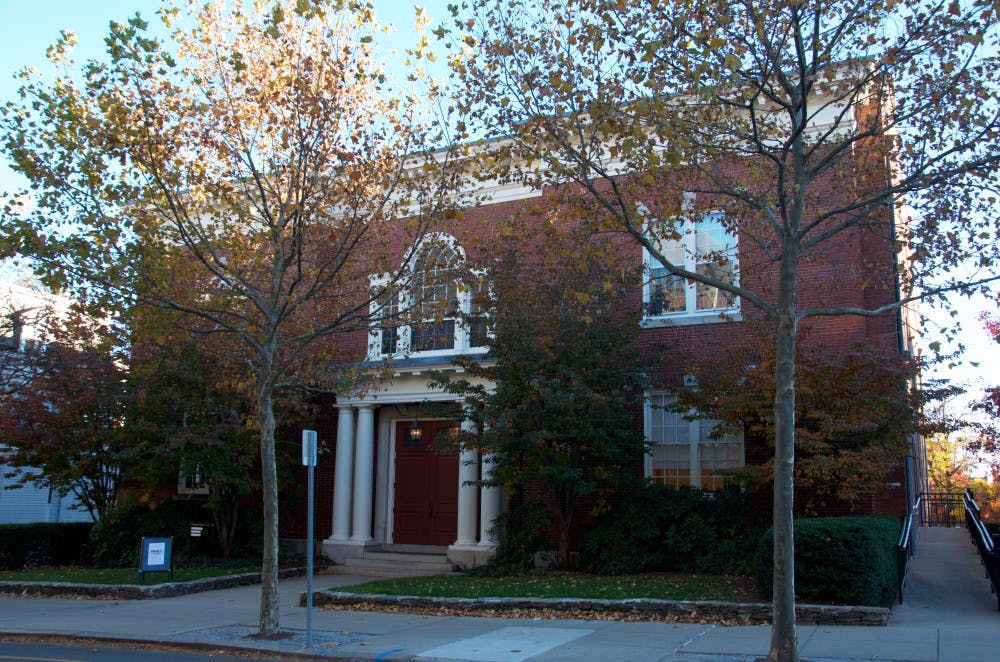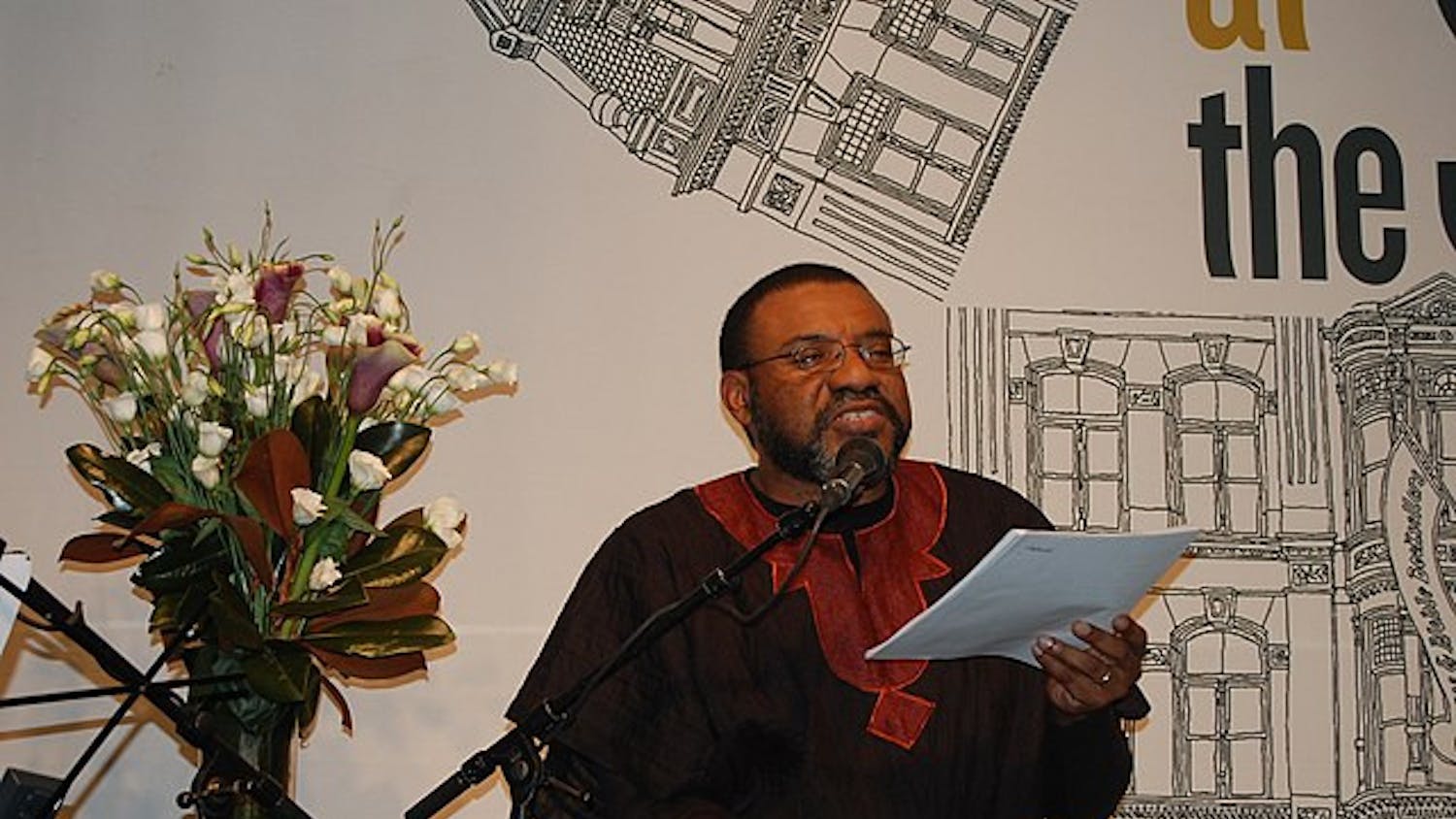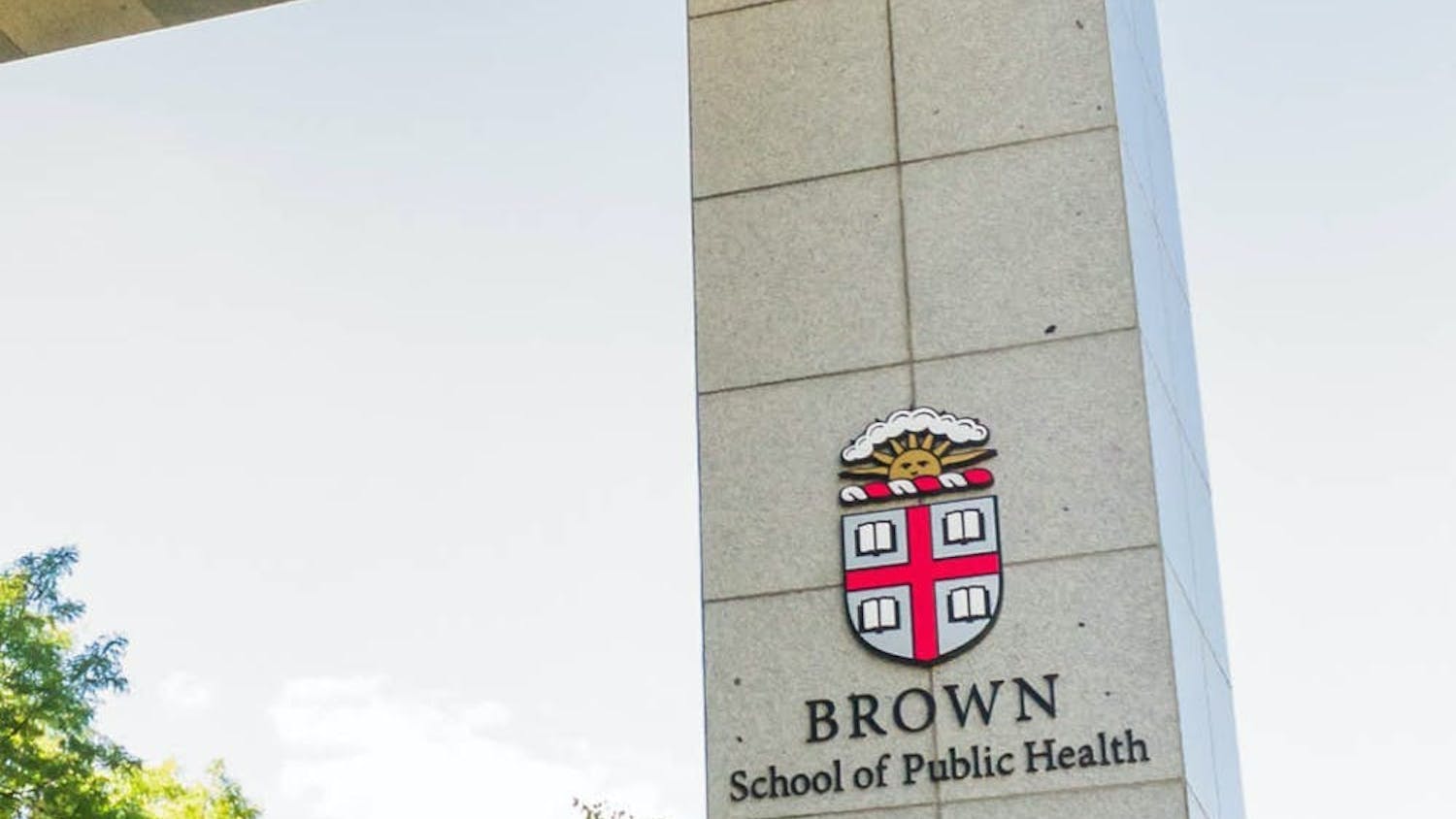Since administrative changes last year, the University has engaged in deeper discussions and negotiations with departments in their quests for funding. Departments across the sciences and humanities compete for resources that allow them to strengthen their programs, expand into new fields and attract top faculty hires and graduate students.
“I have sympathy for the decisions that the University has to make, but we just simply have to get in there and fight for our share,” said Brian Meeks, chair and professor of Africana studies. “The fact is that it’s a fight.”
Not all department chairs emphasize the funding process when laying out the strengths of their departments. All departments rely on other factors to draw top faculty members and graduate students to Brown, including the University’s collaborative spirit. Some also stress particularly deep research in specific areas or unique programming.
Ultimately, attracting the talent that boosts departmental quality is a balancing act. “We try to get them to understand the collaborative nature of Brown, the friendly nature of Brown. But we also have to put resources on the table to convince them,” said Jack Elias, dean of medicine and biological sciences.
The importance of competition
The value placed on competition with peer institutions varies by department, as some find other priorities similarly meaningful or even more urgent.
“We would like to think that competitiveness is not the main factor,” Meeks said. “We have a sense of what we consider important.” For the Africana studies department, acquiring the best graduate students is especially crucial. “We are reproducing ourselves,” he added.
In the French studies department, finding students and faculty members who will fit well into Brown’s community is a significant factor in recruitment, but this process works in tandem with the search for the best candidates. “We’ve not had to sacrifice quality for fit at all,” said Lewis Seifert, chair and professor of French studies.
Though the epidemiology department also wants to recruit the best students, it values mentorship greatly. “We only accept a student if there’s a faculty member here who can mentor them so they can stay in their area,” said Alison Field, chair and professor of epidemiology.
The focus on rivalry and growth has a particularly strong presence in some departments — especially in some of the quickly evolving science departments, competitiveness is prized.
For small departments, like biostatistics, that strive to achieve an international presence, competitiveness is critical. “We need to count on every one of our faculty (members) being very good at what they do,” said Constantine Gatsonis, chair and professor of biostatistics.
Brown’s applied math department is ranked within the top five of the country, said Björn Sandstede, chair of applied mathematics. “We would like to keep it at that level,” he added. “We don’t want to become a weaker department.”
Competitiveness is very important to the computer science department, said Ugur Cetintemel, chair of computer science. But “high aspirations about research shouldn’t come at the expense of our teaching,” he added.
“There’s not even a purpose for having a department if you’re not competitive,” Gatsonis said, “not at a university like Brown.”
Where size matters and money counts
While departments across the humanities and sciences hope to expand in the coming years, many feel that their relatively small size puts them at a disadvantage when competing with departments at peer universities for top talent.
The neuroscience department has grown in recent years, but “we could certainly be larger,” said Barry Connors, chair and professor of neuroscience. “In a university that’s not as big as some of the places we like to compete with, that’s a challenge,” he added, noting that size is a large factor in department rankings.
A new building for the Brown Institute for Brain Science may be constructed, but the project is unlikely to come in the immediate future. “There have been serious discussions for more than a year, but at this point there’s no concrete plan that I know of,” Connors said. “Growth in the experimental sciences is impossible without significant space.”
“We’re never happy with the way we are,” Meeks said, adding that the Africana studies department is “too small to achieve a critical mass.” Meeks defined “critical mass” as the point at which the department functions optimally, with sufficient faculty members to serve on its various committees.
Each year, the graduate program in modern culture and media admits only three students from a pool of approximately 200 applicants, said Lynne Joyrich, chair and professor of modern culture and media. The department hopes that the Brown Arts Initiative, an institution that promotes interdisciplinary work among programs and departments in the arts, will spur MCM’s growth.
Like many departments at Brown, the computer science department does very well in recruiting graduate students. But it may lose candidates based on the smaller size of the department compared to those at peer schools or due to the smaller size of Providence compared to other cities. “It’s hard to compete in certain cases,” Cetintemel said, adding that more practical areas like robotics and systems demand greater size.
The growth that so many department chairs desire often depends on University funding, but the budget is limited, and not all requests can be granted.
A new internal review process was added to the University’s budgeting process last year. “We realized that we needed to have a more integrated budgeting process,” said Kevin McLaughlin P’12, dean of the faculty. “There was a need for more coordination from the provost’s office. They needed to have a better visibility into the different budgets.”
This updated process allows for “much more of a real discussion and negotiation” between the central administration and departments, McLaughlin said. Previously, departments had much less time to advocate for themselves with the administration. Now, hours of negotiation between department heads and the internal review board inform the board’s presentation to the University Resources Committee, which makes budgeting recommendations, according to the 2016-2017 University Resources Committee proposed operating budget.
The University does not prioritize departments that bring in funding, McLaughlin said. “There are many departments in the University that don’t have external funding streams,” he added, citing some social sciences and humanities departments. “We don’t expect them to bring in any money.” But for disciplines in which there is significant sponsorship available, the University does expect that some funding be brought in from external sources.
School of Public Health faculty members are expected to fund half their salaries through grants, Gatsonis said.
Meeks noted that grants are harder to find and obtain outside of the physical and life sciences. “We do complain that more needs to be invested in this department,” Meeks said.
“Funding is never enough,” Cetintemel said, and even though the University is supportive, it is challenging to keep up with the expansion of computer science departments at competing schools like Harvard and Princeton. “The administration gave us a growth plan, so we’ll also be growing, but not at peer rates,” he added.
Unique programs and collaboration
One way Brown sets itself apart from competitors is its collaborative work, said Edward Hawrot, associate dean of biology. “Faculty (members) come and visit, and they see discussions and faculty (members) across departments working together in ways that you frankly don’t see in many other places where there’s much more of a cutthroat atmosphere,” Hawrot said.
Brown’s open environment is one of its greatest strengths, said Christopher Kahler, chair and professor of behavioral and social sciences.
The interdisciplinary and friendly environment fostered by Brown not only strengthens individual departments, but also attracts new students and faculty members with its promise of innovative work.
The MCM department has worked alongside the Center for the Study of Race and Ethnicity in America, as did the Pembroke Center for Teaching and Research on Women and the Middle Eastern studies department, among others, Joyrich said. Through these efforts, the department has offered cross-listed courses and expanded its scope.
The Humanity Centered Robotics Initiative, a robotics effort involving participation from computer science, cognitive, linguistic and psychological sciences and the School of Public Health, investigates the way robots interact with humans, Cetintemel said.
The Brown Institute for Brain Science forges interdepartmental collaborations and works with the Norman Prince Neurosciences Institute to build connections with hospitals in the surrounding area, Connors said. These links have broadened the applications of the neuroscience department’s work, allowing for more clinically relevant research. “Enhancing the competitiveness is certainly about building a stronger department, but it’s just as important to build a larger community,” he added.
In addition to the abundance of collaboration taking place at Brown, many of the University’s departments are unique in and of themselves. Atypical structures separate them from departments at peer institutions, making them desired and competitive programs.
“It’s almost unique to Brown to have these hybrid sorts of departments,” Connors said.
The biology and medicine departments at Brown have an atypical structure, Elias said. The faculty members in the biology program also act as the “basic science arm of the medical school.”
The combined nature of the biology departments and the Alpert Medical School is an attraction for many people, but it doesn’t appeal to everyone, Connors said. “If you want to do research, and that’s the only thing you care about, then Brown isn’t for you.”
The Africana studies department has an unusual structure that incorporates arts, history and social theory, as well as its humanities initiative and the Rites and Reason theater program. There’s no other institution like it, Meeks said.
The MCM department also features an eclectic set of programming difficult to find at peer universities.
Some of the departments with more traditional structures distinguish themselves from competitors by finding niches and strengthening themselves in those areas.
Brown’s “unparalleled” epidemiology department shows a rare focus on youth, said Field, who worked at Harvard for 20 years before coming to Brown to expand her own research on children. “It’s very vibrant and exciting, and I really can’t think of another institution in the country where there are so many people focused on children,” she added.
The behavioral and social sciences department concentrates on studying certain specific health behaviors, such as alcohol addiction and HIV, Kahler said. The depth and specificity of that research makes the department competitive.
Future directions
Though many departments have developed specialties to make themselves competitive, faculty members in given departments continue to pursue new avenues in their fields of research to remain abreast of quickly developing disciplines.
One factor that goes into determining which requests for new faculty members are granted searches is the extent to which a specific subfield in the department needs to be strengthened, McLaughlin said. Similarly, Elias and Hawrot consider the way science is changing and the latest developments in certain fields, among other factors, to help them decide which new faculty requests from their departments to prioritize.
Two or three years ago, the search for a new faculty member in the biology and aging area produced such high-quality applicants that the University was convinced to offer funding for two positions instead of one, Hawrot said.
The neuroscience department has been making a concerted effort to expand its studies on the molecular and cellular levels. Currently, the department is recruiting a well-known molecular neuroscientist who will help balance the representation of different areas within the department, Connors said.
A host of recent and upcoming initiatives may help distinguish Brown’s departments from those at peer institutions, making the University a more compelling option for graduate students and faculty members alike.
The University’s new Data Science Initiative will make the biostatistics department more competitive among its peers, Gatsonis said.
MCM hopes to create a new graduate certificate program, following in the footsteps of gender and sexuality studies and science and technology studies, Joyrich said.
Some departments aspire to enhance their programs through diversity and inclusion measures. By making classes more accessible to undergraduates, the epidemiology department hopes to gain strength through increased diversity of students, Field said. Kenneth Wong, chair of education, hopes to attract a more diverse pool of students by paying for students of color who are admitted to the master’s program to visit campus, he said.
The Africana studies department is in the process of hiring a new faculty member who specializes in sub-saharan Africa and will greatly enrich the department, Meeks said. “We think it shines now, but it could shine even brighter,” he said. “With that, I think I’d smile a little more.”





